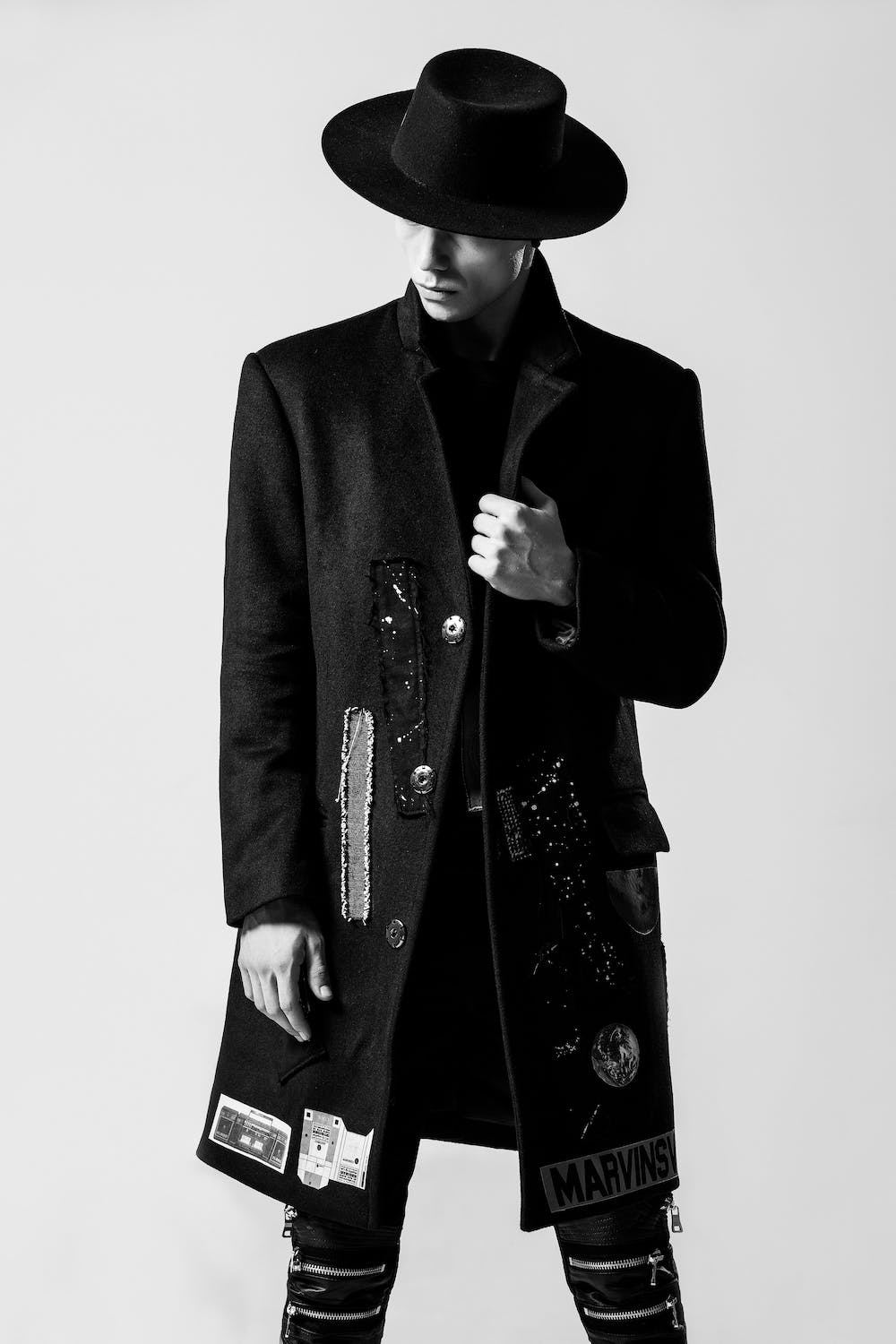Editorial Fashion Photography – What is it?
As an editorial photographer, you will be responsible for providing photos to accompany written content in magazines and other publications. To succeed in this field, you must follow the advice in this manual and produce high-quality photographs. With practice and dedication, you will soon be able to create stunning editorial images worthy of inclusion in a professional portfolio.
Editorial photography supports the written word in magazines, newspapers, and the internet.
Editorial photographs supplement the story and usually aim to create a specific tone. You might see these types of pictures often in magazines, and they help make the story more riveting. As an editorial photographer, you could be assigned to shoot images across multiple genres and settings - everything from food photography and portraiture to event coverage and fashion photography.
For example, suppose an editor wants you to contribute to a profile of a recently opened restaurant. In that case, you could take editorial photos that show off the interior design and atmosphere of the eatery, as well as menu items.
Editorial photography differs from photojournalism in that the former is used to supplement a written story, whereas the latter stands alone as its genre.
Editorial illustrations are more inclined to artistic composition than images taken for news publishers and are, as a result, considered more subjective. Contrarily to editorial photography, photojournalist pictures typically adhere to strict guidelines about editing and composition by most magazines and newspapers.
Related article: Photography Composition Techniques
Editorial fashion photography can tell an artistic story using visuals instead of words. For example, the fashion editorials published in magazines and other periodicals might be multiple pages long and use images to communicate the entirety of the plot. In these examples, photography is used more to express feelings than sell items.
What is the point of editorial photography?
Editorial photos can be anything from unposed pictures of athletes in action to headshots of well-known celebrities for magazine covers.
Photographs taken for any editorial project may not be used commercially without written permission from the people featured in said photographs, and the legal owners of any property included. Suppose a picture meant for editorial use contains a logo or other easily identifiable branding understood to be protected under trademark law. In that case, usage rights for that image are limited and only exist until a specific time frame expires.
After a contract with a periodical expires, photographers may attempt to make back some of their investment by sending their work to other magazines or allowing usage of their pictures in stock photography.
But the big question – How do you get work as an Editorial Photographer?
- Generate a list of possible story ideas. Develop potential plot points for your project, and collect visual representations of what you are considering.
- Before writing, research your ideas and see what others have already said about them. This will give you a better understanding of the current conversation surrounding your subject and any gaps in knowledge that you could fill with your article.
- We request that you explain your thoughts clearly and present them publicly. The ascent has to be sudden and swift.
- Research places where you can share your story. This could be anything from submitting your work to a local magazine that covers similar topics or even giving talks at everyday events related to your field. It's often best to start with a smaller publication as they are more likely to accept freelance submissions.
- If you want to be taken seriously as an artist, it's time to invest in a website. This will serve as your portfolio and help you land gigs or sell your work.
- Estimate how much money you'll need to bring your story to life, considering time, labor, and supplies—factor in insurance, sustenance, licenses, and permission to use a particular area.
- Get to pitching. Would you like your work to be featured in a magazine or newspaper? If so, write a pitch letter and send it to an editor. The subject line should be attention-grabbing and invite the reader to learn more about your work.
As an editorial photographer, you capture images that supplement the written word in magazines, newspapers, and internet media. Your photography genres and settings can vary widely - from food and portraiture to events and fashion photography - but your goal is always to evoke emotion instead of selling a product. Remember that only if you have proper releases, commercial use of any photo featuring people or private property is allowed.
But don't let the details stop you from being creative and taking the best photo possible.
Related article: Highest Paying Photography Jobs
Related article: Create Moody Portraits with LED Lights
Related article: Beginner’s Guide to High Contrast Photography
Related article: Everything Looks Better in Black & White – Tips for Better B&W Photography












